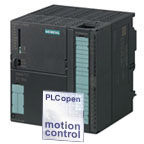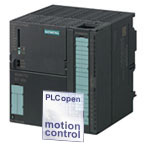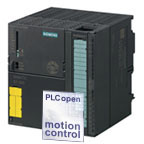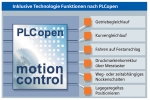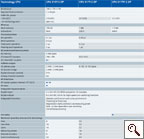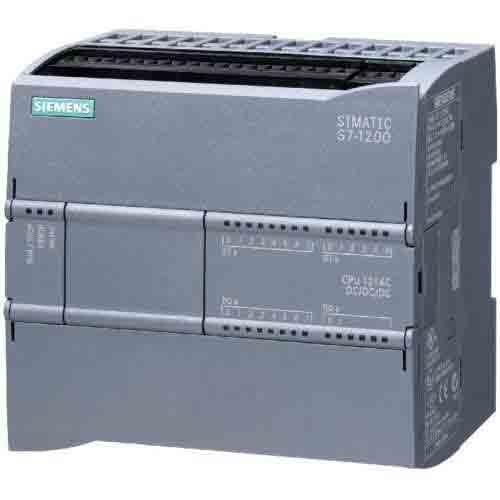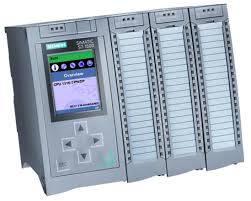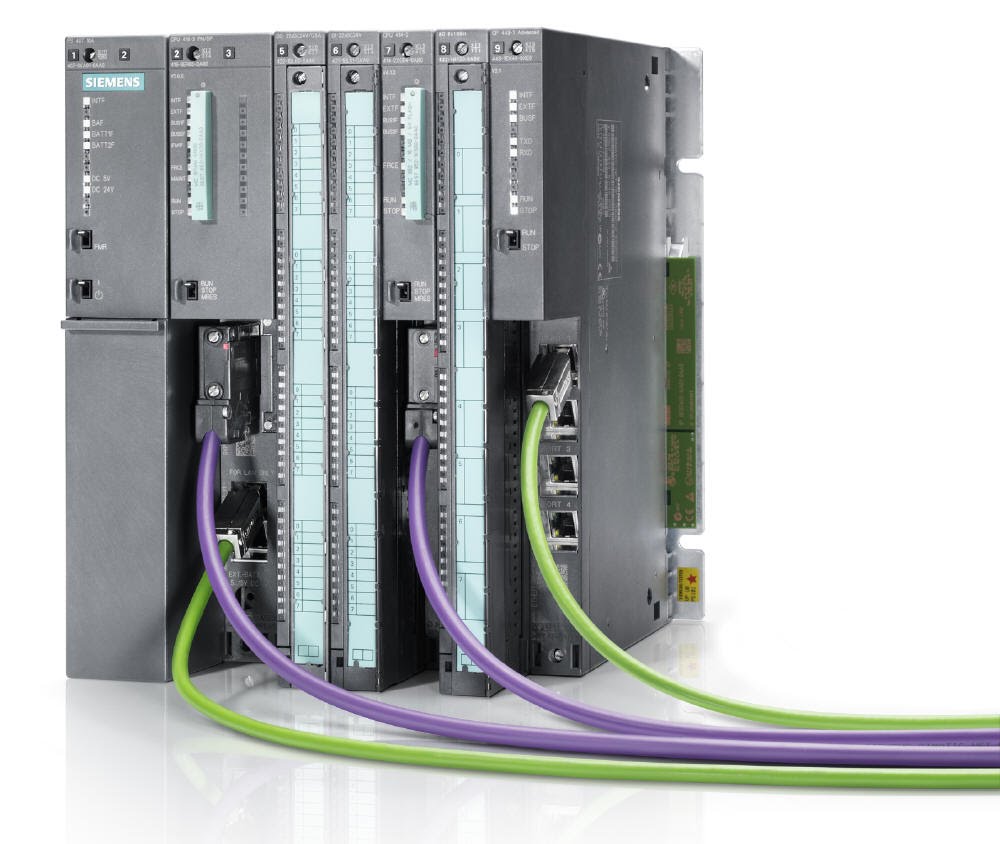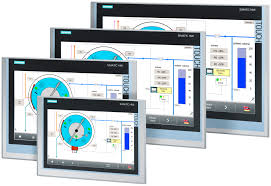Fail-safe S7-300 CPU
Description
The fail-safe SIMATIC controllers are used to guarantee the functional safety of machines or plants. They satisfy maximum safety requirements and comply with the relevant standards:
EN 954-1 up to Cat. 4, IEC 62061 up to SIL 3 and EN ISO 13849-1 up to PL e.
The simultaneous processing of the standard and the safety program means that only one CPU is required to handle both tasks.
Area of application
-
Automobile industry
-
General mechanical engineering
-
Building of special machines
-
Series mechanical engineering, OEM
-
Plastics processing
-
Packaging industry
-
Food- and Beverageindustry
Benefits
Reduction of stock-keeping by saving components
-
One controller for standard and safety automation
- Coexistence of standard and safety programs on one controller possible -
One PROFIBUS or PROFINET transmitting medium for standard and safety communication to SIL 3/Category 4
- One distributed I/O configuration with standard and safety I/O modules
Fast system configuration and commissioning
-
Better system integration
- Uniform engineering for standard and safety control component
- Use of existing PROFIBUS or PROFINET transmitting medium even for safety
communication
- Simple expansion of existing PROFIBUS archtictures about PROFINET, p.ex. via IE/PB-Link
(SIMATIC NET)
More flexibility
-
The logic of the safety functions is software-based rather than hard-wired
- More easily modified, expanded and documented
- Implementation of complex safety functions
Faster reproducibility
-
In contrast to the hardware solution, the software solution can be easily reproduced
-
Approved, certified solutions can often be used as self-contained blocks
Better retent of plant availability
-
Early fault detection thanks to better diagnostic functions
Investment security
-
Easy migration from PROFIBUS to PROFINET
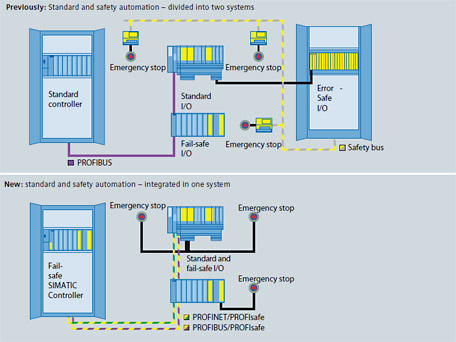
Area of application
Because of their power and compactness, the safety SIMATIC S7-300F CPUs are ideal for meeting the demands of the mid to upper performance range. Both standard and safety-relevant tasks can be performed with only one CPU.
The SIMATIC S7-300F CPUs can be expanded centrally with the safety modules for the ET 200M I/O. Distributed expansion is possible using the safety ET 200S I/O modules, the ET 200M I/O modules, the ET 200pro (IP67) I/O modules or the safety digital block peripheral device ET 200eco (IP67).
Communication works depending on the CPU optional via MPI, PROFIBUS or PROFINET Interface.
SIMATIC S7-300 CPU 315F-2 DP
SIMATIC S7-300, CPU 315F-2DP Fail-safe module with MPI Integr. power supply 24 V DC, Work memory 384 KB, 40 mm width, 2nd interface DP master/slave Micro Memory Card required
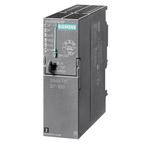
The failsafe CPU with medium to large program memory and quantity framework for the use, if required, of SIMATIC Engineering Tools
-
High processing performance in binary and floating-point arithmetic
-
Distributed fail-safe I/O modules can be connected via the integral PROFIBUS DP interface (PROFIsafe)
SIMATIC S7-300 CPU 315F-2 PN/DP
SIMATIC S7-300 CPU315F-2 PN/DP, Central processing unit with 512 KB work memory, 1st interface MPI/DP 12 Mbit/s, 2nd interface Ethernet PROFINET, with 2-port switch, Micro Memory Card required
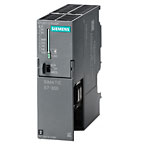
The failsafe CPU with a medium program memory and quantity framework
-
40 mm width
-
Integral PROFINET interface with 2 Ports for line topologies
-
High processing performance in binary and floating-point arithmetic
-
Fail-safe I/O modules in distributed stations can be connected through the integrated PROFINET interface (PROFIsafe) and/or through the integrated PROFIBUS DP interface (PROFIsafe)
-
Component based Automation (CBA) on PROFINET
-
PROFINET-proxy for intelligent devices on PROFIBUS DPin Component Based Automation (CBA)
SIMATIC S7-300 CPU 317F-2 DP
SIMATIC S7-300, CPU 317F-2DP, Central processing unit with 1.5 MB work memory, 1st interface MPI/DP 12 Mbit/s, 2nd interface DP master/slave Micro Memory Card required Can be used with software package S7 Distributed Safety V5.2 SP1 or higher

The failsafe CPU with a large program memory and quantity framework for demanding requirements
-
Distributed fail-safe I/O modules can be connected via the integral PROFIBUS DP interfaces (PROFIsafe)
Product announcement:
The PROFIBUS CPU317 is also available as a fail-safe Technology Controller.
For more information see:
SIMATIC S7-300 CPU 317F-2 PN/DP
SIMATIC S7-300 CPU317F-2 PN/DP, Central processing unit with 1.5 MB work memory, 1st interface MPI/DP 12 Mbit/s, 2nd interface Ethernet PROFINET, with 2-port switch, Micro Memory Card required

The failsafe CPU with a large program memory and quantity framework for demanding requirements
-
40 mm width
-
Integral PROFINET interface with 2 Ports for line topologies
-
Fail-safe I/O modules in distributed stations can be connected through the integrated PROFINET interface (PROFIsafe) and/or through the integrated PROFIBUS DP interface (PROFIsafe)
-
Component based Automation (CBA) on PROFINET
-
PROFINET proxy for intelligent devices on PROFIBUS DPin Component Based Automation (CBA)
SIMATIC S7-300 CPU 319F-3 PN/DP
SIMATIC S7-300 CPU319F-3 PN/DP, Central processing unit with 2.5 MB work memory, 1st interface MPI/DP 12 Mbit/s, 2nd interface DP master/slave 3rd interface Ethernet PROFINET, Micro Memory Card required
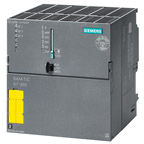
The failsafe CPU with highest processing performance, enlarged quantity framework and enhanced communication possibilities.
-
Integral PROFINET interface with 2 Ports for line topologies
-
Fail-safe I/O modules in distributed stations can be connected through the integrated PROFINET interface (PROFIsafe) and/or through the integrated PROFIBUS DP interface (PROFIsafe)
-
Component based Automation (CBA) on PROFINET
-
PROFINET proxy for intelligent devices on PROFIBUS DPin Component Based Automation (CBA)



